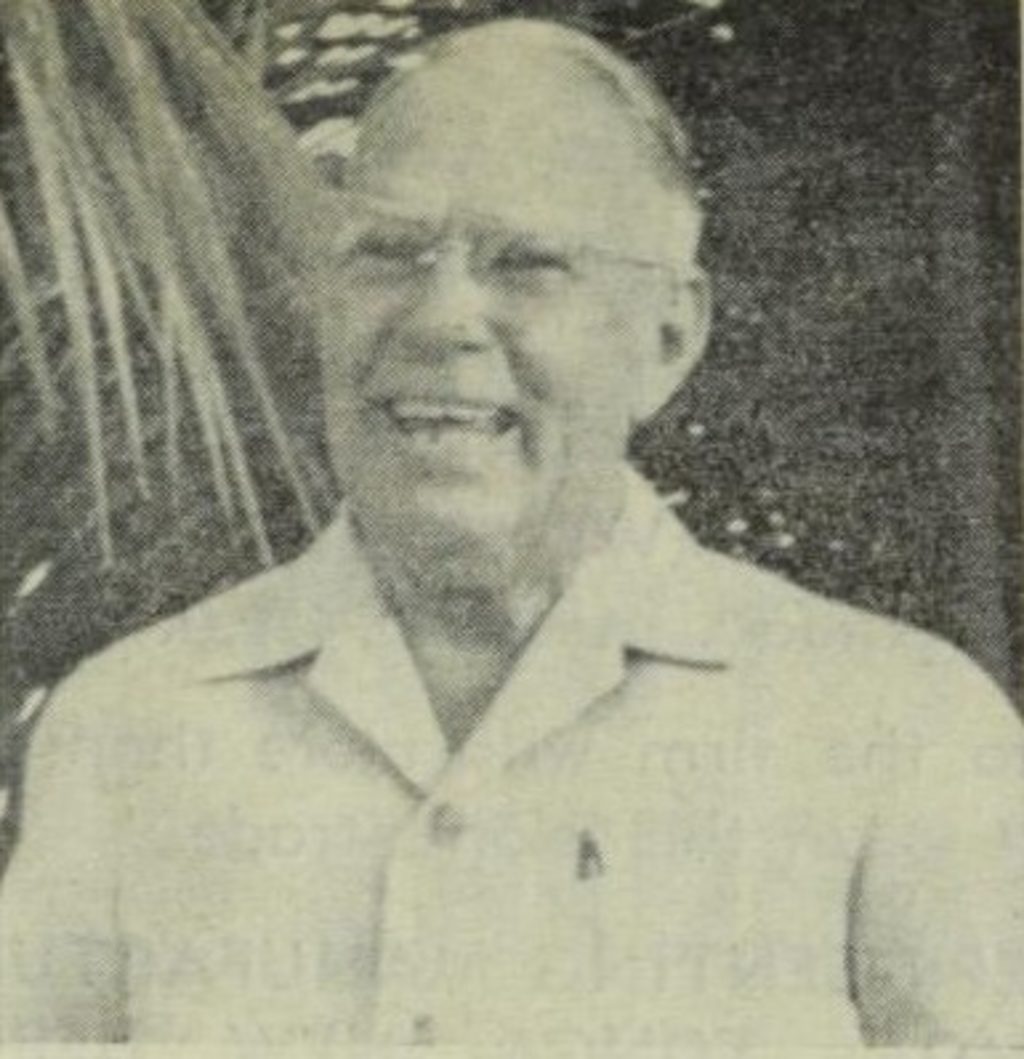ON a day when it drizzled fine confetti of rain drops, we reached a clearing in Nadarivatu’s montane forest.
We had been on a steep gravelly climb and badly needed a few minutes to stretch out our knotted muscles.
Outside our 4WD, a heavy scent of nature awaited us, wafting in the air as if to verbally welcome us to the forested neighbourhood.
“This is Ragg’s residence,” said our official tour guide for the day, Kuruvitu Siva, his voice breaking the awkwardly jungle silence.
To get to the place one has to drive steadily uphill from Waikubukubu Village for a good 30 minutes before reaching Nadarivatu government station.
Here, the mist rules the forest air and keeps the temperature cool, at the same time – peculiarly ghostly.
According to Siva, Sir Hugh Ragg was a former hotelier and member of Fiji’s Legislative Council during the years of British colonial rule.
Sir Hugh also founded the Northern Hotels chain, which included properties in Ba, Lautoka, Tavua, Rakiraki and Nadi.
A visionary who lived ahead of his time, he ran a general goods store and lived in his sprawling wooden home in Nadarivatu in the 1900s, just a stone’s throw away from what is now Stone Bowl Lodge, which we covered last week.
According to documents at the National Archives, Sir Hugh Ragg, had mulled over the idea of developing Fiji’s first mountain resort at Nadarivatu. This followed his many successes along the coast, including the famous Korolevu Beach Resort on the Coral Coast, Fiji’s own version of the French Riviera.
A few generations before Ragg, in the second half of the 19th century, Nadarivatu hill station and sanatorium was founded by colonial administrator, A.B. Brewster, who spent 40 years in the interior of Fiji known as the Colo region. Brewster lived in Nadarivatu for 18 years.
While there, Brewster had as guest, nearly all the Governors, colonial administrators, the first curator of Cambridge University, just to name a few.
Today, Sir Hugh Ragg’s former residence is occupied by Ministry of Forests officials.
The first thing that greets the eye when driving through to the place is a run-down structure that looks like a maid’s cottage.
The main house itself looks out of place, its surroundings overruled by shrub thickets and menacing trees that look hazy in board daylight.
“One thing you’ll notice about this house, like other colonial residences in the area, is its chimney,” Siva said.
Ragg built a conventional masonry chimney, accompanying a fireplace with simple indentation walls for placing in logs of wood.
The chimney, vivid from the outside, allowed heat and smoke to rise to the roof via a tunnel-like route before circulating into the atmosphere.
“Nadarivatu is one of the coldest parts of Fiji, the misty surroundings show that. That’s why all old homes here have chimneys and fireplaces,” Siva added.
“Residents had them in their homes to keep warm at night, especially during the colder part of the year.”
One person known to have spent time at Ragg’s forest manor was his granddaughter, Robin.
In an article she wrote, which appeared in The Fiji Times in April 2015, Robin recalled the joy of holidays she spent in the freezing temperatures of Nadarivatu, where a summer home was built and where her father David (Ragg senior’s son) set up a swimming pool watered by a nearby creek.
“The house had a lawn tennis court and its frames are still visible today,” Robin noted.
Siva waded through an unkempt flat ground a few minutes after we surveyed the house and brought out a rusted pony roller used for maintaining an even lawn surface.
Then he showed The Sunday Times team Ragg’s grass tennis court, which had a stonewalled boundary. It ha two steel poles used for holding the net, just as Robin had mentioned.
“This is where Ragg played tennis and that’s where he planted a garden; you can still spot some citrus trees” Siva explained.
Sir Hugh received schooling at Marist Brother’s School in Suva. As a teenage Sir Hugh joined the firm, AM Brodziak and Co (importers and exporters) before joining a general store in Lautoka that was managed by his brother-in-law John Cleary.
Historical accounts note that Sir Hugh returned to the Brodziak firm, where he oversaw the men’s clothing department before joining the Navua Trading Company.
In 1905 he moved again to Lautoka to manage a general business before partnering with James Morgan as general merchants. This firm, which changed from James Morgan and Co to Hugh Ragg and Co, was taken over by Morris Headstrom in Suva in 1920 and Sir Hugh became its senior director in Lautoka.
Sir Hugh though, wasn’t the only one with an entrepreneurial streak.
It is said that his oldest brother William (Willie) Byrne Ragg ventured into a store operation in the Nadarivatu highlands, where its cooling temperatures had become a retreat for expatriates from the hot plains of the western division.
After becoming a Labasa branch manager of the AM Brodziak & Company and starting his own business in Nadi in 1910, Willie took advantage of the bustling stream of business in the pine-covered mountains of Nadarivatu.
Sir Hugh Ragg, called the “Grand Old Man of Fiji”, died suddenly at his home at Tamavua, Suva, early on May 24, 1963 at the age of 81.
He was born in Suva on January 26, 1882, the third son of Hugh Hall Ragg, the original Ragg in Fiji, who migrated to the colony from England.
History being the subject it is, a group’s version of events may not be the same as that held by another group. When publishing one account, it is not our intention to cause division or to disrespect other oral traditions. Those with a different version can contact us so we can publish your account of history too — Editor.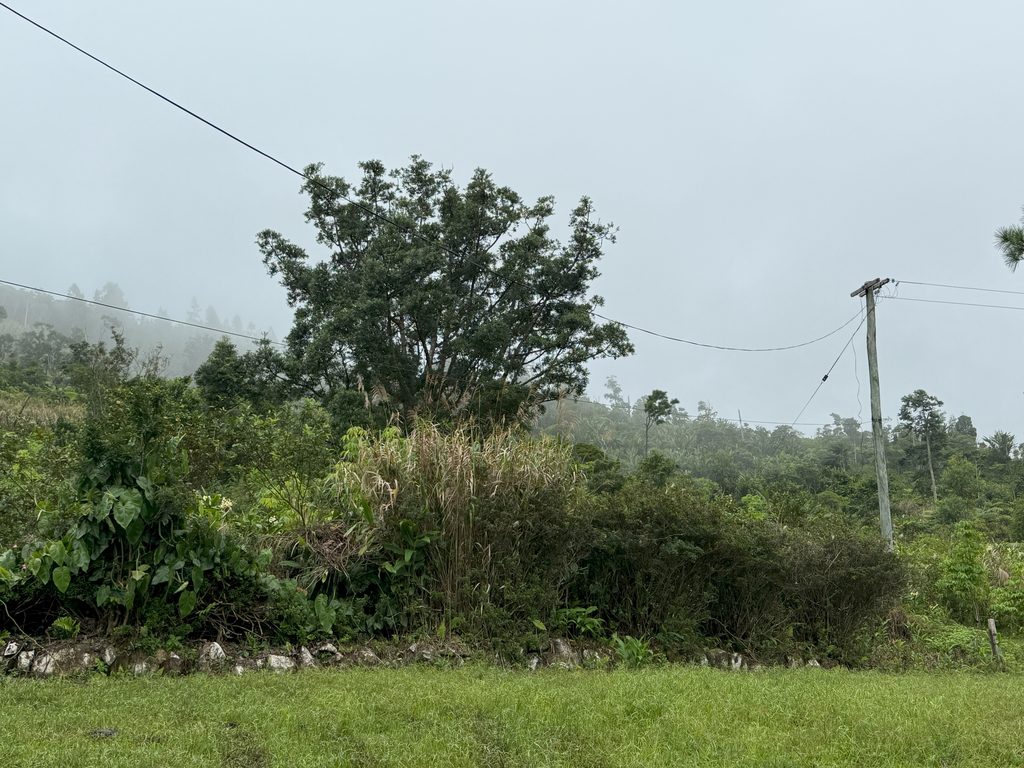
The overgrowth where the Ragg gardens used to be.
Picture: ANA MADIGIBULI

The wooden house built by Ragg in the mountains of Nadarivatu. Picture: ANA MADIGIBULI
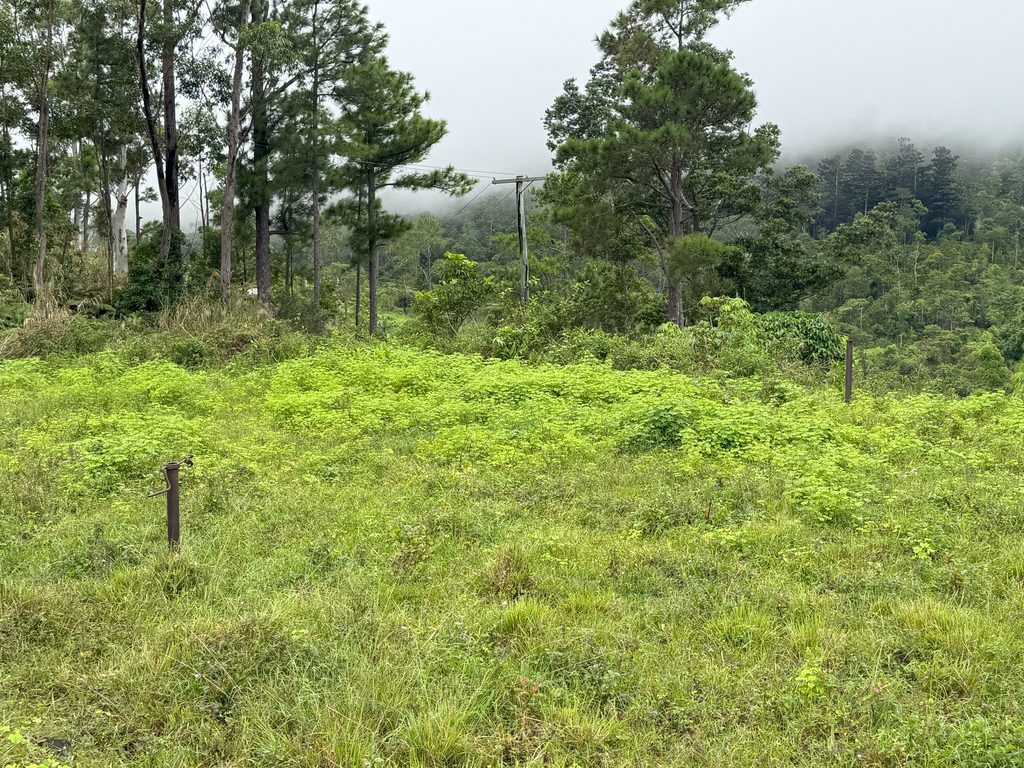
The two poles indicating the centre line of Ragg’s tennis lawn. Picture: ANA MADIGIBULI

Close up of a pony roller used to flatten Ragg’s lawn tennis court in Nadarivatu.
Picture: ANA MADIGIBULI
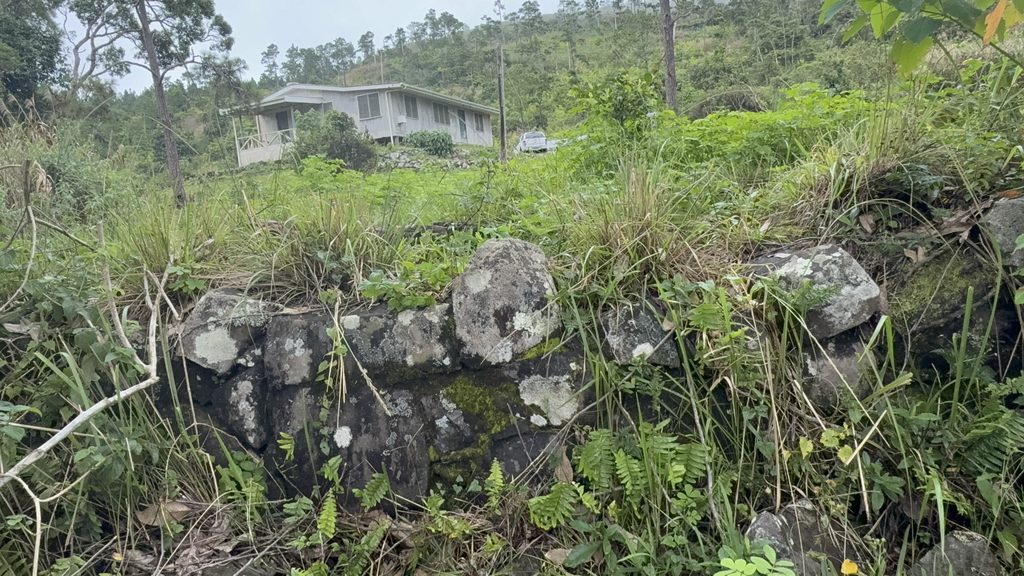
The stonewalled boundary of Ragg’s tennis court. Picture: ANA MADIGIBULI
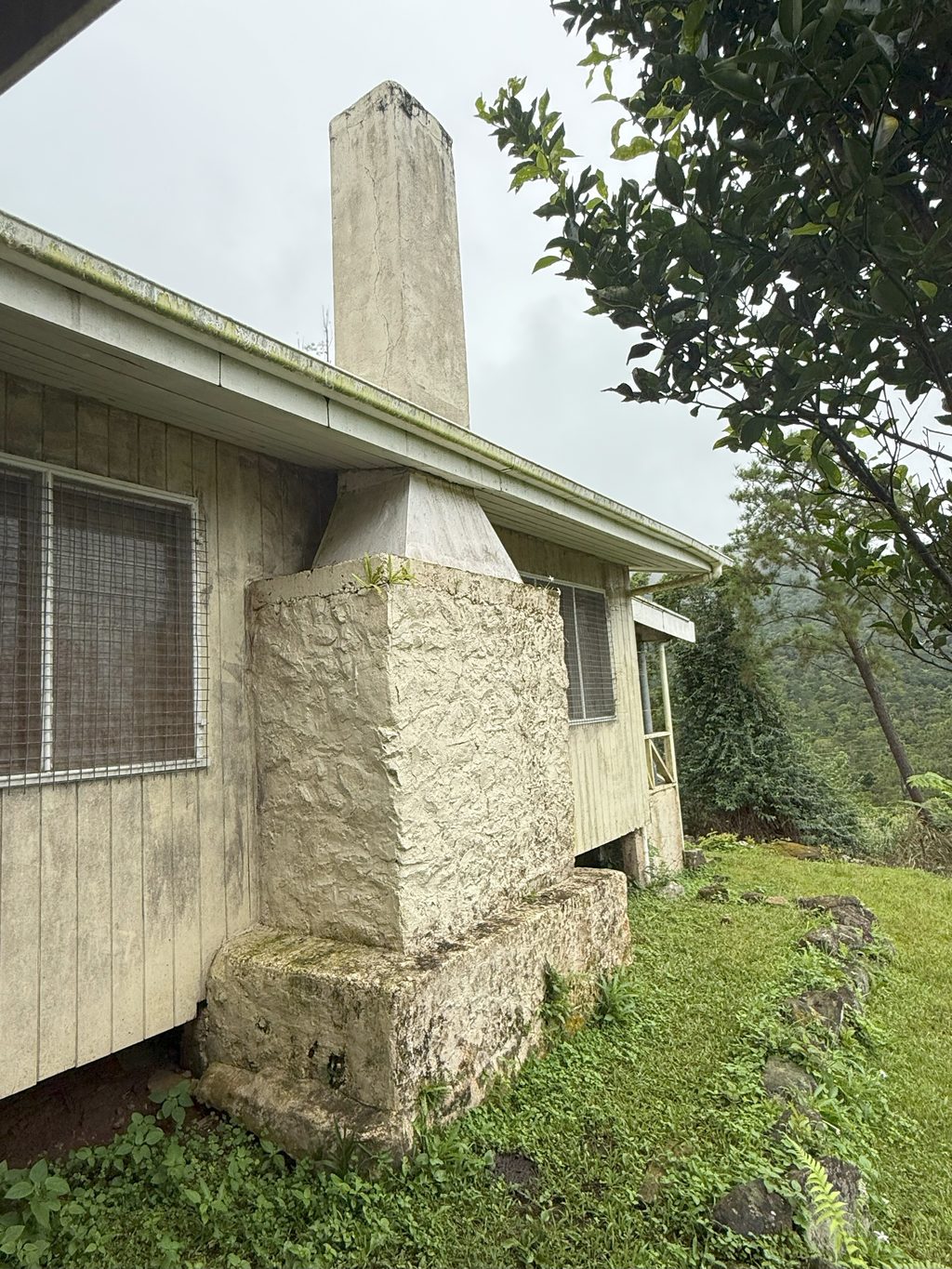
The colonial home’s single chimney. Picture: ANA MADIGIBULI
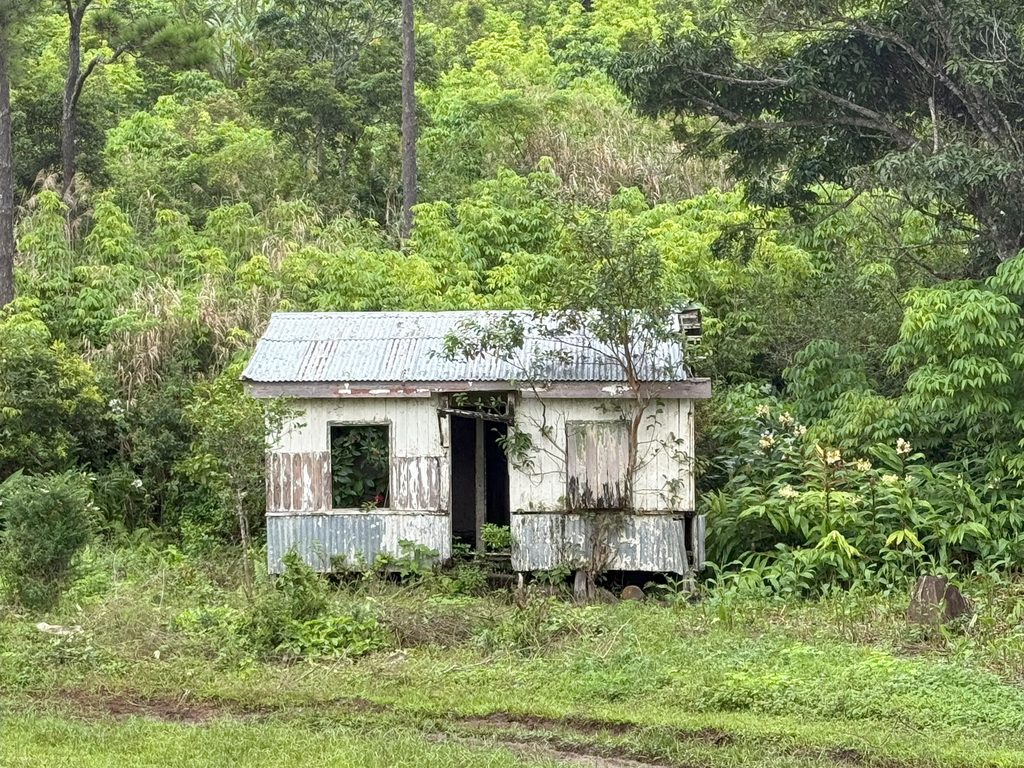
A small cottage next to Ragg’s residence, which looks like a maid’s quarters.
Picture: ANA MADIGIBULI

